I recently made a brief trip to Kyoto, Japan with my family during the Chinese New Year holidays. While Kyoto has its share of drab residential areas, it still must qualify as one of the world’s most beautiful cities. Much of Kyoto is like a giant museum for Japan’s incredibly rich heritage. Kyoto is surely the cultural heart of Japan; the place where Japanese culture is most refined, most intense and most distinctive. Indeed it is often said that many Japanese go to Kyoto to learn what it is to be Japanese.
For the first three days we stayed in a traditional ryoken (Japanese inn) in the centre of the city. From there we visited a small number of the astonishing preponderance of temples and shrines that seem to appear around every corner. I will post a few images from these venues later but it was in our last two days, in the district of Arashiyama, tucked up against a lovely range of mountains and bisected by a scenic river, that proved to be the most photographically rewarding for me.
Not far from the ryoken where we stayed, lies a dense bamboo forest, which has become one of Kyoto’s most famous sites. A winding, paved path runs between the two sections of bamboo groves and photographs of this path with the tightly packed bamboo on either side are amongst the most iconic images from Kyoto.
When I arrived I spent a long time walking up and down this path wondering how I could make some different images from those that adorn the guide books. Settling on my trusty 70-200mm lens and Gitzo tripod, my initial efforts were rather feeble.
The addition of a sun-burst made the next image a little more interesting.
The following image, while still not terribly inspiring, took a little more thought. It is in fact, a composite of three images, each taken with a different point of focus (foreground, middle and background), by manually turning the focusing ring for each image. By doing so, an image with unlimited depth of field has been created, something that would be impossible with the focal length that I was using even with the lens stopped down to its smallest aperture. The photoshop work required to make this image is straightforward. The three images were opened via Bridge as layers (tools>photoshop>load files into photoshop layers). Once photoshop is open, select all three images in the layers palette by holding down the shift key. Then go edit>auto>align layers and click OK after selecting the auto setting when the window opens. Once the image reopens in photoshop you will notice if you look carefully that the extreme edges of the image may show a box line. When you turn the focusing ring, you are actually slightly changing the magnification. A simple, minor crop around the edges gets rid of this problem. Then with all the layers still active go edit>auto blend layers and use stack images in the window that opens making sure that seamless tones and colours is selected. Voila – seemless front to back sharpness.
So far all my images had been taken from the path that ran through the bamboo grove. I now left this path and ventured into the forest and it was here after a period of contemplation that my creative juices bagan to flow.
Looking up, I saw the opportunity to change the perspective with the use of a fish-eye lens helping to amplify the impact of the bamboo trunks arching symetrically into the sky.
I then spent a long time creating “blurs” of the bamboo. To do this I played around with various long shutter speeds, moving the lens in a vertical direction while the shutter was open. I eventually found that the best results were achived with a shutter speed of 2 seconds. My own personal preference when shooting all types of blurs is to retain some detail in the subject and one of the best ways to do this is to use a little fill flash (between -2 to -3 ev). Below are some of the results.
Back at the computer, I had the idea to try combining some of the blur images using the blending modes in photoshop. Again this is quite straightforward. Open two images in photoshop. Select the first image and go select>all, then edit>copy. Then activate the second image and go edit>paste. Before you begin, it is a good idea to make sure both images are of the same size (eg 240 dpi, 5616 x 3744 pixels) by going to image>image size. Once all this has been done, go the layers palette and open the blend mode list at the top left (the default is normal). Experiment with the various blending modes to see which one you like best. For these images I used either overlay or soft light.
Once done, I further refined my images by going into Nik Software’s Colour Efex Pro 4: first to foliage and then to brilliance/warmth. Once back in photoshop I adjusted the opacity of the layer created by the filters, to taste. Here are some results, the last image being my favorite which in fact is a blend of three images.
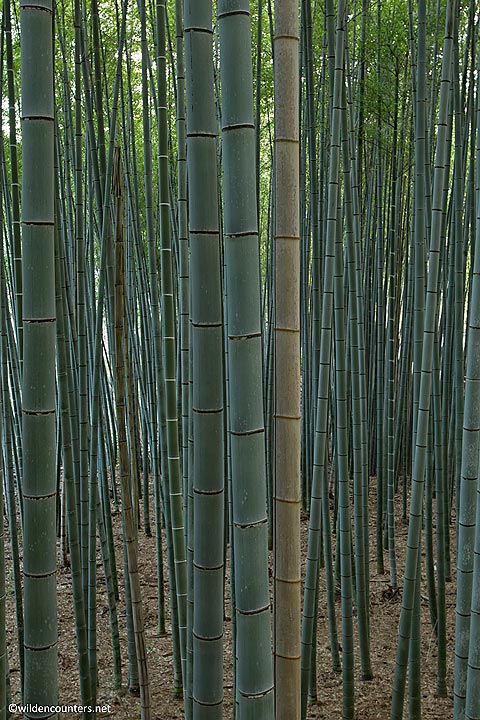
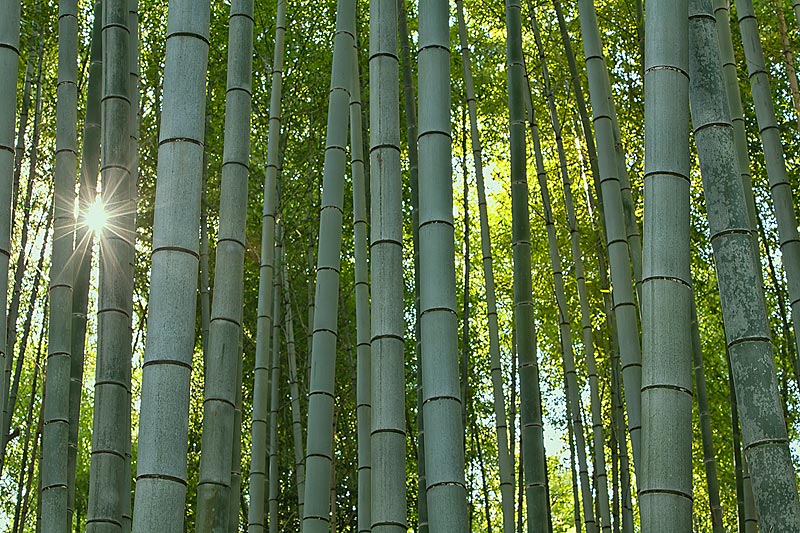
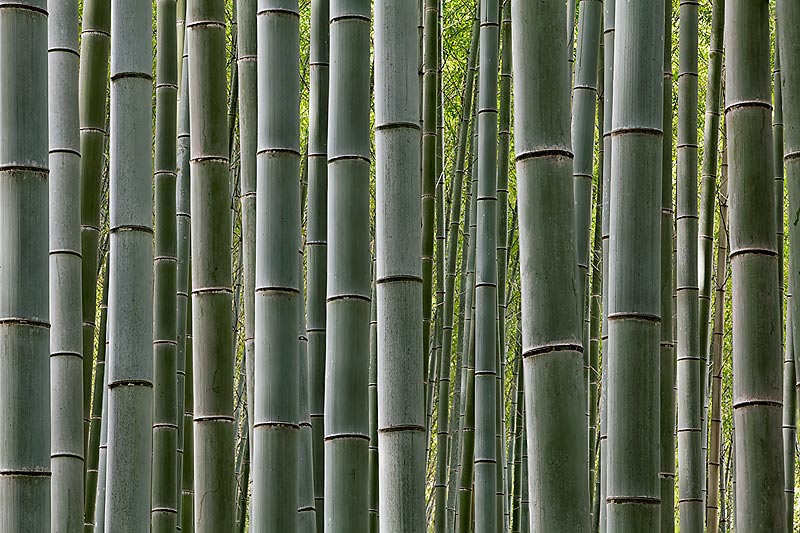
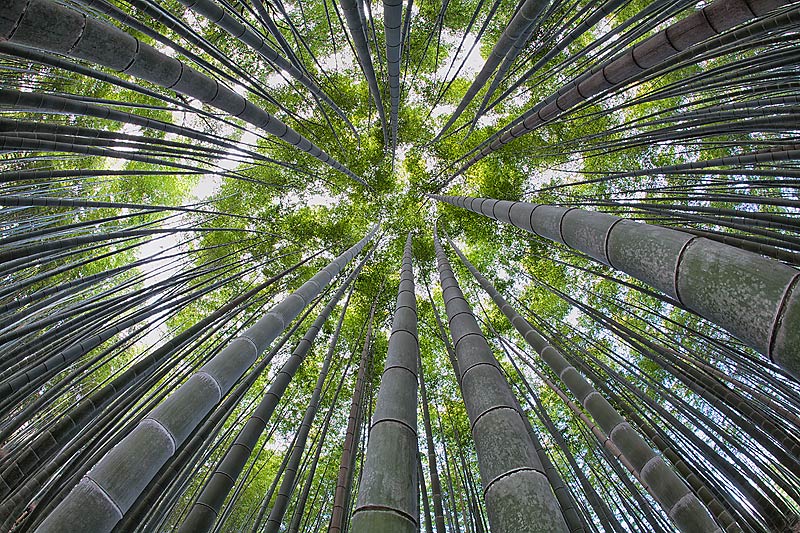
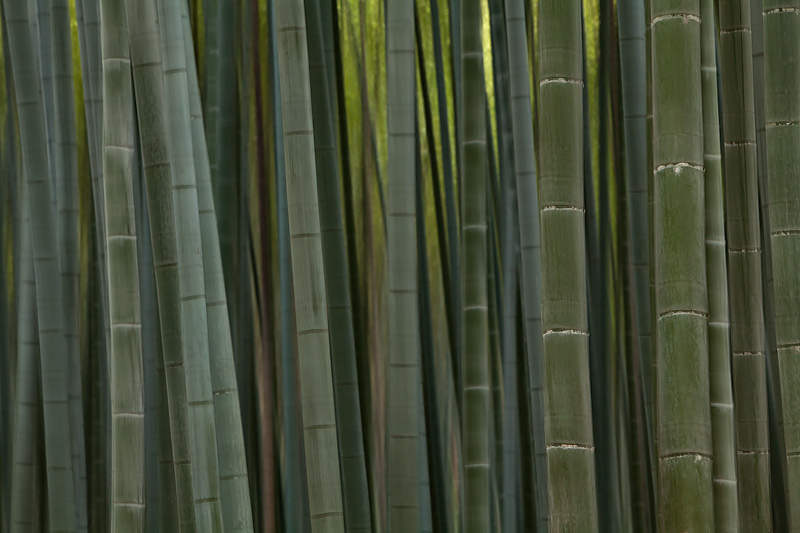
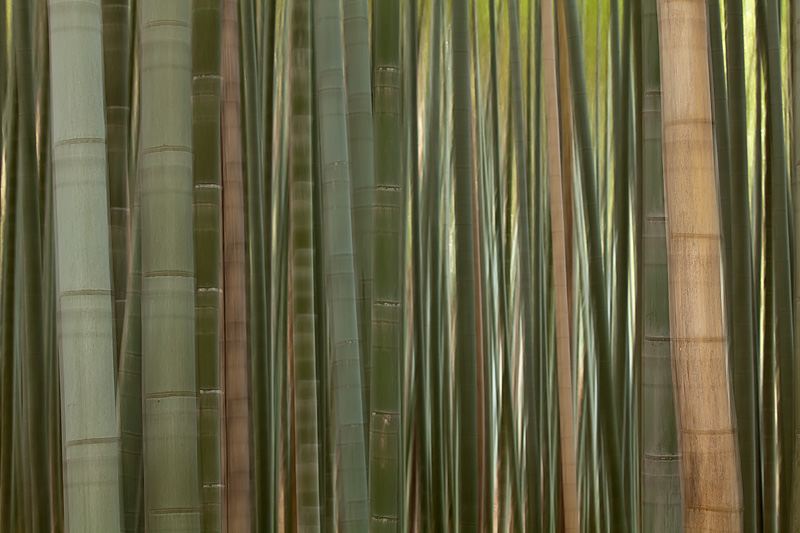
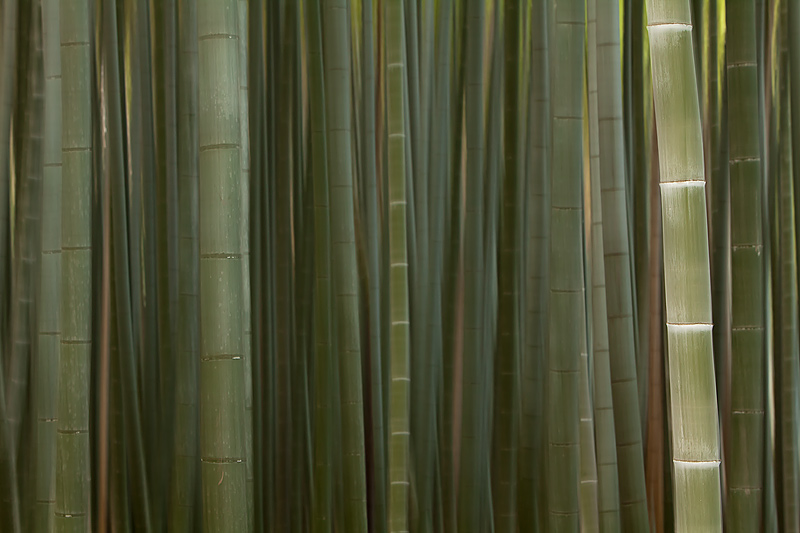
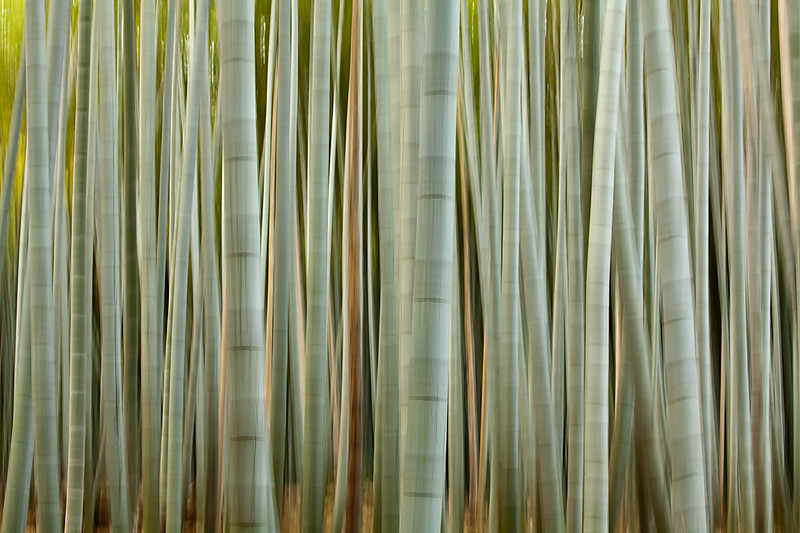
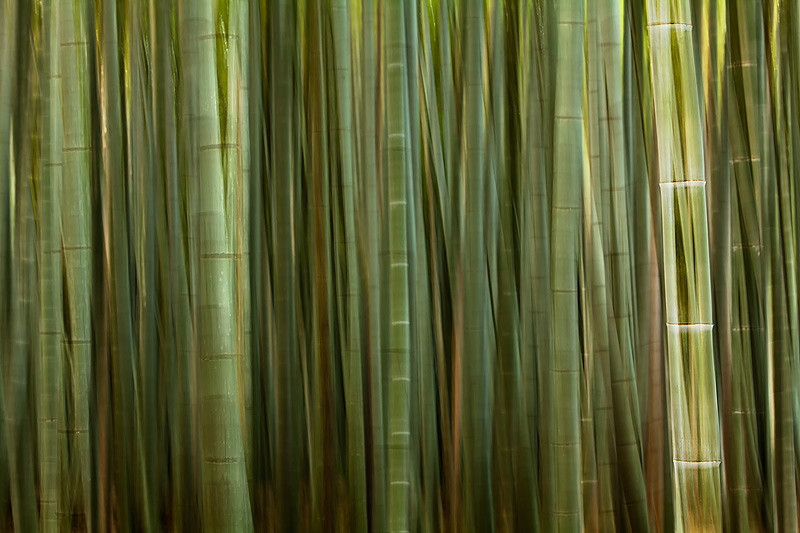
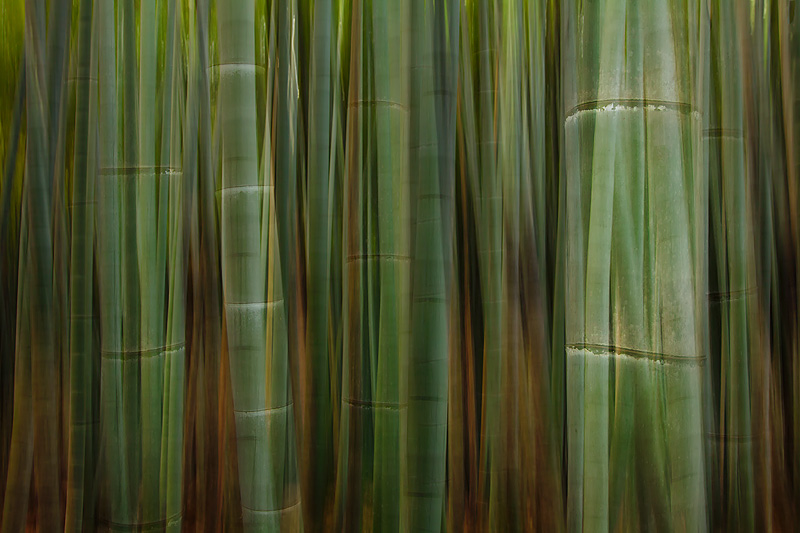
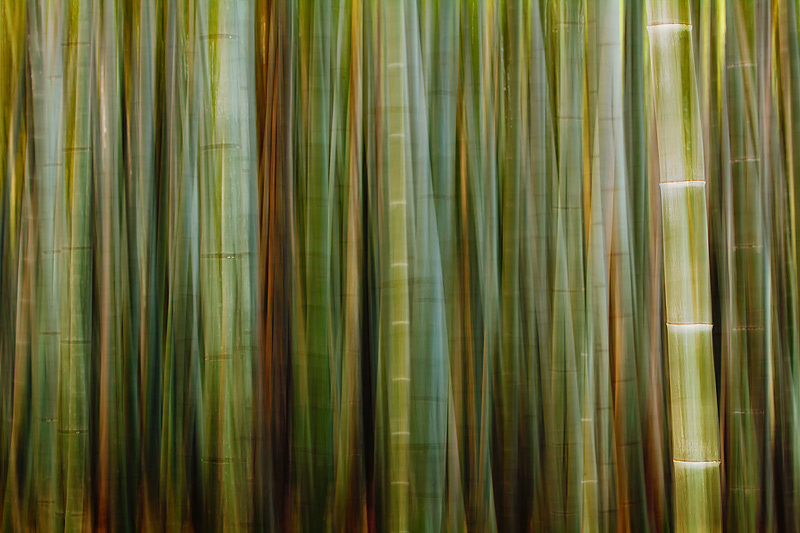
Paul Quah
January 30, 2012
Fish eye lens looking up looks incredible, and that last Bamboo blurred blend is inspirational!
Paul Mckenzie
January 30, 2012
My favourite too!
Ulla Spansdahl
January 30, 2012
Your pictures continue to inspire. Thank you. Both for the pictures and the text.
Ulla
Tom Lamb
January 30, 2012
I’m not a big fan of blurred images but these are fantastic. I guess the texture of the bamboo lends itself to this type of process. I may even try this myself, it i get the right image.
Ruth Vogele
January 30, 2012
Look forward to receiving your emails……..photos, diary and now tutorials!!!
Interesting, educational and VERY inspiring!
Margie McNamara
January 30, 2012
fantastic!! You should come to Aspen in the fall and try that with the gorgeous golden aspen trees!!!!!
Paul Mckenzie
January 30, 2012
Hi Margie, are you still in Oz? the tennis was unbelievable!
Elizabeth Lodwick
January 30, 2012
Fascinating and inspirational. We are going to Costa Rica next week and I can’t wait to try your focus composite. Agree, Colorado would be wonderful for this technique.
Gavriel
January 30, 2012
Thank you Paul and Paveena for your Email, great tutorial info, look forward for the next one.
Paul Mckenzie
January 30, 2012
Hi Gavriel. Are you going to Hokkaido again this year with Art. I’ll be there in two weeks time.
jattinn kochhar
January 30, 2012
breath taking!
Yan Verschueren
January 30, 2012
Perfect view and strong composition. These pictures show again the eye of the master . Congratulations
Paul Mckenzie
January 30, 2012
Hi Yan. Am off to Hokkaido in two weeks to stay with Makoto san again. Can’t wait.
Gordon
January 30, 2012
All very interesting images I think I find “Bamboo grove with sun burst” the strongest, but the blended images are fascinating too.
Robert Pickard
January 30, 2012
Wonderful, Paul.
Ana Maria Ibarrola Alvarez
February 15, 2012
Thanks for open mi mind, and show me a new way of view.